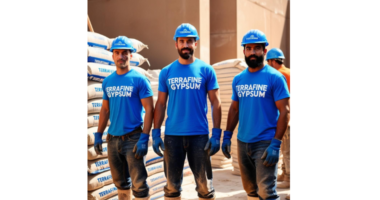Delhi is once again facing a severe threat as the air pollution levels in the city have skyrocketed to hazardous levels. Residents woke up to a thick blanket of smog covering the capital, reducing visibility and posing a serious health risk to its inhabitants. The air quality index (AQI) recorded in different parts of Delhi has breached the 500 mark, indicating a dangerous level of pollution that can have severe health implications.
Keywords such as “Delhi air pollution,” “hazardous levels,” and “severe threat” are reverberating through the city as authorities scramble to find ways to address this pressing issue. The main contributors to this spike in pollution levels are vehicular emissions, industrial pollution, construction activities, and agricultural residue burning in neighboring states. The lack of proper waste management strategies and the onset of winter exacerbate the situation by trapping pollutants close to the ground.
Health experts have issued warnings advising residents to stay indoors, avoid outdoor activities, and use face masks to protect themselves from the harmful effects of air pollution. Prolonged exposure to high levels of pollution can lead to respiratory problems, cardiovascular diseases, and other illnesses. Vulnerable groups such as children, the elderly, and those with pre-existing health conditions are at an increased risk and must take extra precautions.
Authorities are implementing emergency measures such as the temporary closure of schools, restrictions on construction activities, and the odd-even scheme to control vehicular emissions. There is also a renewed focus on promoting the use of public transport, cycling, and carpooling to reduce the number of vehicles on the road. Additionally, efforts are being made to control agricultural burning, enforce stringent industrial emission norms, and increase green cover in the city to combat pollution.
While these steps are crucial in the short term, a sustainable solution to Delhi’s chronic air pollution problem requires a multi-pronged approach involving long-term policy changes, public awareness campaigns, and cooperation between states and neighboring regions. The situation calls for collective action from citizens, policymakers, and stakeholders to safeguard the health and well-being of Delhi’s residents and ensure a cleaner and greener future for the city.


